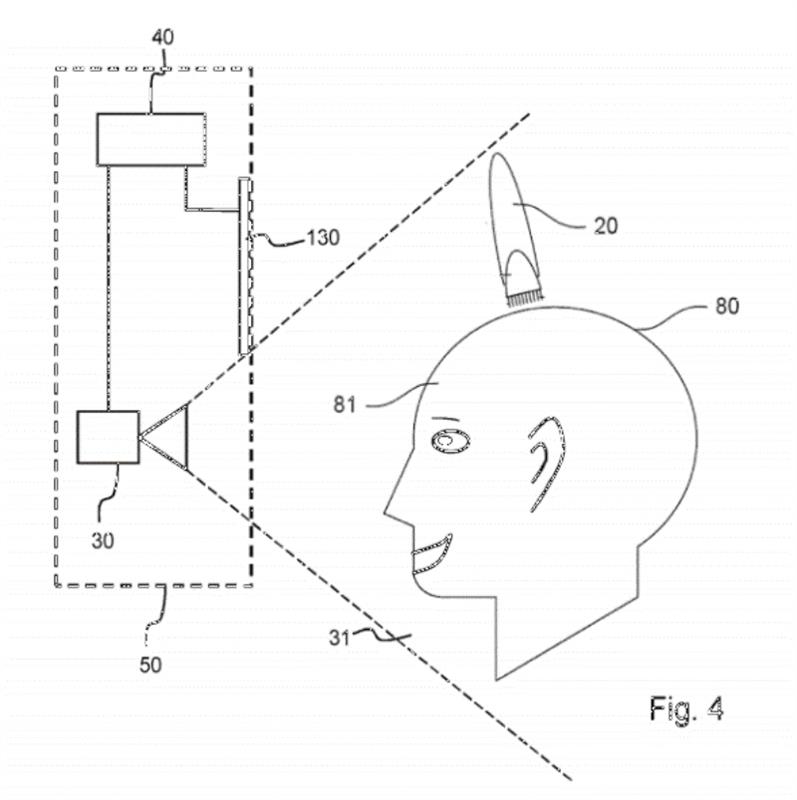Based on this month’s patented technology, it appears that Koninklijke Philips NV, commonly known as Philips, is developing a shaving system which helps by pointing users in the right direction.
Recently granted patent, EP 3065591, protects an innovative shaving guidance system. This system includes an imaging module (30), such as a camera, to register an image of the user. Once produced, the image is analysed by the system to determine the direction of local hair growth. With this information, the system is able to provide instructions to the user about the direction in which to move their hair-cutting device (20).
 Particular attention has been given to the means by which the direction of hair growth is detected, as well as to different ways of providing the user with instructions. Depending on circumstances, the system may provide this instruction by means of visual, audible or haptic feedback.
Particular attention has been given to the means by which the direction of hair growth is detected, as well as to different ways of providing the user with instructions. Depending on circumstances, the system may provide this instruction by means of visual, audible or haptic feedback.
Interestingly, although it is envisaged that the shaving guidance system may be a dedicated system, it is also anticipated that the imaging device could be a smartphone and that feedback may then be provided to the user on the smartphone screen or via its speaker. In this way, the patent explains how an existing device could be used in a new and innovative manner. It is also notable that the system may be used with a smartphone and a conventional hair-cutting device, although there may be advantages of using one that is specifically devised as part of the system. As such, it appears that different options are available for bringing this product to market, each of which may be protected by Philips’ patent.
Notably, this patent has been granted in the UK as a result of a European patent application. Although it is not currently possible to obtain a single pan-European patent right, by following the European patent application process the patentee can obtain a bundle of granted patents in a desired number of European countries. This system helps to minimise the cost of obtaining patent protection in Europe and allows the decision on which countries to protect your concept to be delayed until the grant stage.











